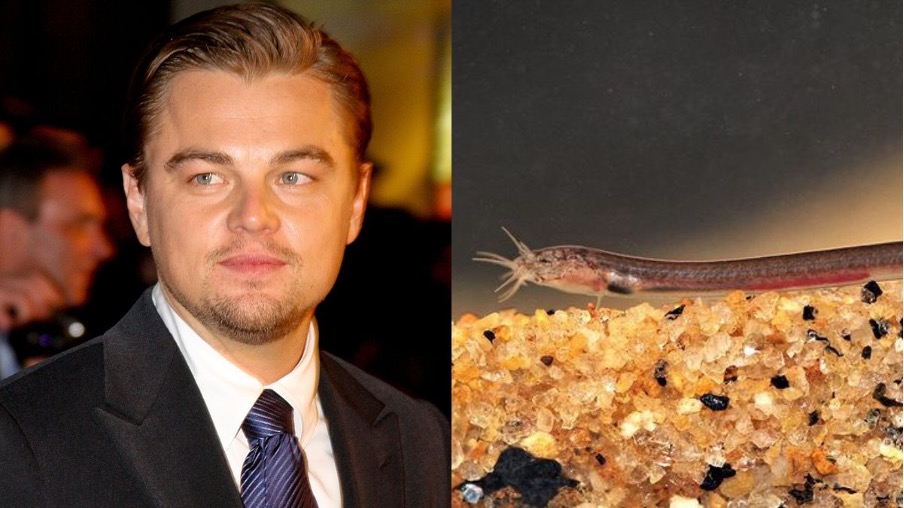In a remarkable twist of fate, Abraham A, a former paramilitary soldier hailing from Kerala, found himself at the forefront of a fascinating discovery in 2020 – a new species of subterranean fish known as the Pathala Eel Loach. This remarkable find sheds light on the mysteries of underground ecosystems and showcases the power of citizen science in advancing our understanding of the natural world.
The Pathala Eel Loach derives its name from the Sanskrit word “Pathala,” meaning “below the feet,” a fitting reference to its subterranean habitat. This small, snake-like species resides within aquifers, which are extensive layers of permeable rock and sediments that house groundwater.
Abraham stumbled upon this extraordinary discovery quite by chance. While taking a routine bath, he noticed a “red thread” in his bucket that seemed to be in motion. Intrigued, he carefully examined it and realized that the thread was, in fact, a living creature. Abraham promptly placed it in a glass jar and reached out to a local college professor, Dr. Vinoy Thomas, who, in turn, connected him with researchers at the Kerala University of Fisheries and Ocean Studies (Kufos). The experts at Kufos identified this newfound species.
Over the following weeks, they uncovered four more fish of the same species in Abraham’s well and water tank. This remarkable discovery gained renewed attention when environmental advocate and actor Leonardo DiCaprio shared a vibrant image of the Pathala Eel Loach on Instagram, lauding Abraham’s role in the revelation.
DiCaprio emphasized the significance of “citizen science” as the key to exploring these unknown underground ecosystems, showcasing how everyday individuals can contribute to scientific knowledge.
The Pathala Eel Loach belongs to a unique group of subterranean fish that thrive in groundwater. While fish typically inhabit rivers, lakes, or surface waters, these subterranean species have adapted to live in the hidden realms beneath the Earth’s surface. India, China, and Mexico are among the few places where these fish can be found, making their discovery a rarity.
These subterranean fish often make surprising appearances. When aquifers, linked to wells, run dry during the summer months, these fish may emerge through taps. In Abraham’s case, the fish likely journeyed from groundwater into the well and subsequently ended up in the water tank on his roof, ultimately making their way into his bucket via the tap. It’s a serendipitous form of sampling, as described by Dr. Rajeev Raghavan, an assistant professor at KUFOS.
The discovery of the Pathala Eel Loach underscores the power of citizen science. Kufos initiated a Citizen Science Network to educate people about the possibility of fish ending up through taps or at the bottom of dry wells. Through this network, they’ve collected over 150 specimens of all 11 species, emphasizing the importance of community involvement in scientific research.
From an evolutionary perspective, the discovery of the Pathala Eel Loach carries significant weight. Many groundwater fish species are ancient, with origins dating back millions of years. One study revealed that one of the 11 species found in Kerala can trace its roots back 125 million years – a time when dinosaurs still roamed the Earth. This suggests that these fish have endured through the ages, offering a glimpse into Earth’s ancient history.
For Abraham, the discovery has been a source of pride and wonder from the outset. However, it took on even greater significance when Leonardo DiCaprio recognized and celebrated his contribution. “Such a big man has taken my name. I am elated and very happy,” Abraham exclaimed, basking in the acknowledgment of his remarkable find.
The discovery of the Pathala Eel Loach serves as a testament to the inexhaustible wonders of the natural world and the vital role that curious individuals play in unravelling its mysteries.

